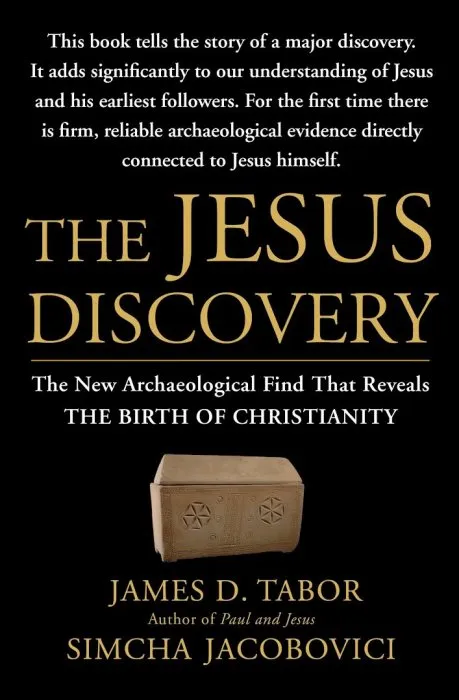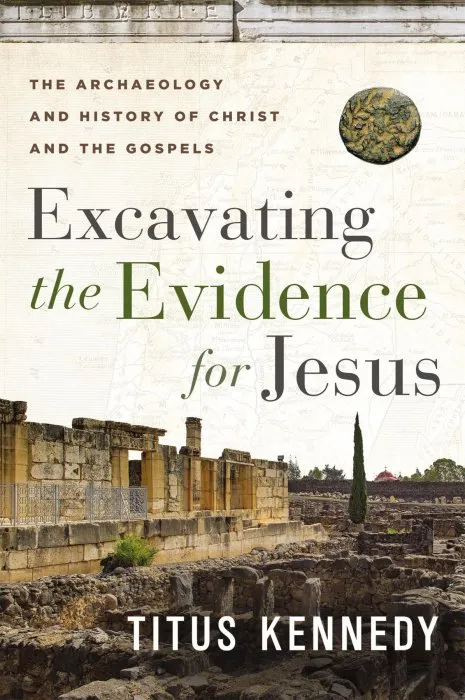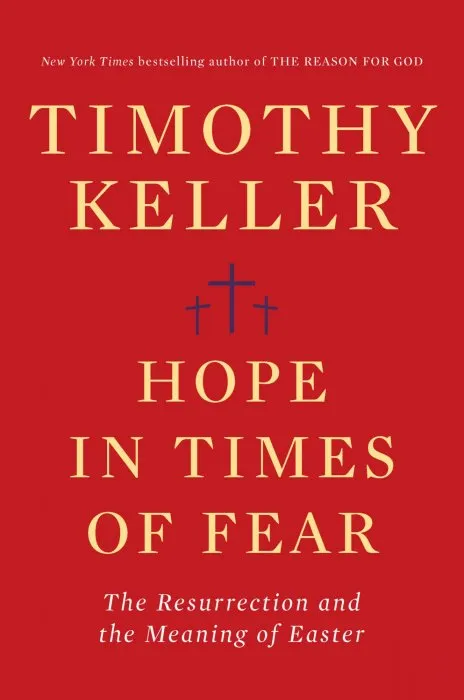The Jesus Discovery: The Resurrection Tomb that Reveals the Birth of Christianity

Date: February 28, 2012
ISBN: 145165040X
Language: English
Number of pages: 272 pages
Format: EPUB
Add favorites
The Jesus Discovery shows how a recent major archeological discovery in Jerusalem is revolutionizing our understanding of Jesus and the earliest years of Christianity.
The story of a stunning new discovery that provides the first physical evidence of Christians in Jerusalem during the time of Jesus and his apostles
In 2010, using a specialized robotic camera, authors Tabor and Jacobovici, working with archaeologists, geologists, and forensic anthropologists, explored a previously unexcavated tomb in Jerusalem from around the time of Jesus. They made a remarkable discovery. The tomb contained several ossuaries, or bone boxes, two of which were carved with an iconic image and a Greek inscription. Taken together, the image and the inscription constitute the earliest archaeological evidence of faith in Jesus’ resurrection.
Since the newly discovered ossuaries can be reliably dated to before 70 AD, when Jerusalem was destroyed by the Romans, they also provide the first evidence in Jerusalem of the people who would later be called “Christians.” In fact, it is possible, maybe even likely, that whoever was buried in this tomb knew Jesus and heard him preach.
The newly examined tomb is only 200 feet away from the so-called Jesus Family Tomb. This controversial tomb, excavated in 1980 and recently brought to international attention, contained ossuaries inscribed with names associated with Jesus and his immediate family. Critics dismissed the synchronicity of names as mere coincidence. But the new discovery increases the likelihood that the “Jesus Family Tomb” is, indeed, the real tomb of Jesus of Nazareth. Tabor and Jacobovici discuss the evidence in support of this interpretation and describe how both tombs appear to have been part of the property of a wealthy individual, possibly Joseph of Arimathea, the man who, according to the gospels, buried Jesus.
The Jesus Discovery explains how the recent find is revolutionizing our understanding of the earliest years of Christianity. Tabor and Jacobovici discuss what the concept of resurrection meant to the first followers of Jesus, particularly how it differed from the common understanding of the term today. Because the new archaeological discovery predates all other Christian documents, including the gospels, it offers a dramatic witness to what the people who knew Jesus believed.
There is no doubt that this is one of the most important archaeological discoveries ever made. The Jesus Discovery is the firsthand account of how it happened and what it means.
The story of a stunning new discovery that provides the first physical evidence of Christians in Jerusalem during the time of Jesus and his apostles
In 2010, using a specialized robotic camera, authors Tabor and Jacobovici, working with archaeologists, geologists, and forensic anthropologists, explored a previously unexcavated tomb in Jerusalem from around the time of Jesus. They made a remarkable discovery. The tomb contained several ossuaries, or bone boxes, two of which were carved with an iconic image and a Greek inscription. Taken together, the image and the inscription constitute the earliest archaeological evidence of faith in Jesus’ resurrection.
Since the newly discovered ossuaries can be reliably dated to before 70 AD, when Jerusalem was destroyed by the Romans, they also provide the first evidence in Jerusalem of the people who would later be called “Christians.” In fact, it is possible, maybe even likely, that whoever was buried in this tomb knew Jesus and heard him preach.
The newly examined tomb is only 200 feet away from the so-called Jesus Family Tomb. This controversial tomb, excavated in 1980 and recently brought to international attention, contained ossuaries inscribed with names associated with Jesus and his immediate family. Critics dismissed the synchronicity of names as mere coincidence. But the new discovery increases the likelihood that the “Jesus Family Tomb” is, indeed, the real tomb of Jesus of Nazareth. Tabor and Jacobovici discuss the evidence in support of this interpretation and describe how both tombs appear to have been part of the property of a wealthy individual, possibly Joseph of Arimathea, the man who, according to the gospels, buried Jesus.
The Jesus Discovery explains how the recent find is revolutionizing our understanding of the earliest years of Christianity. Tabor and Jacobovici discuss what the concept of resurrection meant to the first followers of Jesus, particularly how it differed from the common understanding of the term today. Because the new archaeological discovery predates all other Christian documents, including the gospels, it offers a dramatic witness to what the people who knew Jesus believed.
There is no doubt that this is one of the most important archaeological discoveries ever made. The Jesus Discovery is the firsthand account of how it happened and what it means.
Download The Jesus Discovery: The Resurrection Tomb that Reveals the Birth of Christianity
Similar books
Information
Users of Guests are not allowed to comment this publication.
Users of Guests are not allowed to comment this publication.




